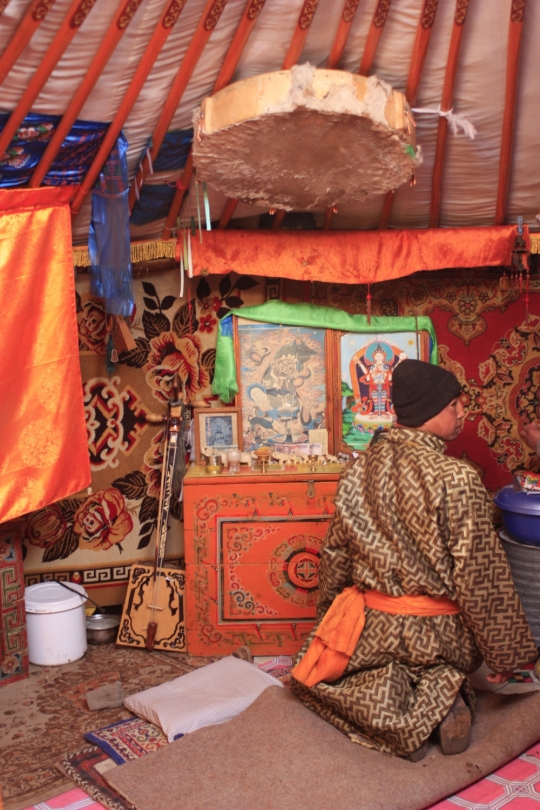Dear Mum,
It is I, the prodigal daughter, returned from the world outside of this blog – a world that has been throwing distractions at me ever since my last post (which was a terribly long time ago, I admit). Thus we find ourselves in MARCH of all months. And I really thought the winter would never end.
I’ve been thinking lately about separation and absence, and how we negotiate relationships (particularly familial ones) at a distance. This blog is one way in which the two of us communicate and share our thoughts with each other, which is interesting in that this is a public platform, so we obviously avoid writing highly personal things or talking about other people in detail. Yet still it feels like a very real conversation between the two of us and you’re probably aware that I never really plan posts!
In one of my Social Anthropology classes, we learned about an interesting feature of traditional Mongolian culture, which is the ornate chest that can be found in many Mongolian homes. On the chest, families place photographs of their living relatives, as well as deceased ancestors, in a very visual display of kinship. This display is visible to visitors, who pay their respects to it and are rewarded by seeing their reflection in a mirror arranged in the centre of the display, which places their image temporarily in the kinship group. Inside the chest, however, is a private and invisible collection of items that link absent kin with the household. For example, since women go to live with their husband’s family when they marry, something of theirs is retained in the chest of their natal home as a material link between the bride and her parents.
This all sounds very symbolic and abstract, but I don’t believe that the Mongolian example is all that removed from what many families do in the UK when relatives live elsewhere. Here, in grandma’s house, there is actually a chest where photographs of the family are displayed (I haven’t looked inside the chest, so I can’t comment on its contents!), and above that there is in fact a mirror. Grandma tells me that she likes to see all of her relatives, both living and deceased, arranged on that chest, as if the photographs don’t just represent the visual image of her relatives, but actually embody something of the people themselves. It’s a very visible reminder of one’s place in the family – that we are not just individuals but part of a group.
The interesting thing about Mongolia is that many people there still live nomadic or semi-nomadic lives. While I wouldn’t say we are nomads exactly, as a family we have never lived in the same house for more than a few years. So, rather than a house tying us all together, I believe that it is the familiar objects, gifts that we’ve given one another, mementos of holidays and photographs of relatives, which have followed us to each new house, that make me feel bonded to the family even when we’re separated.
I hope you enjoyed this slice of anthropology! At least I’m putting my university education to some use…
Love,
Jess x


